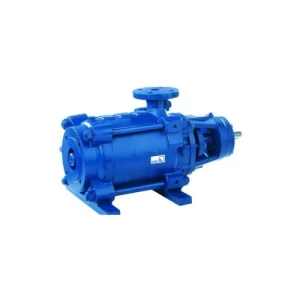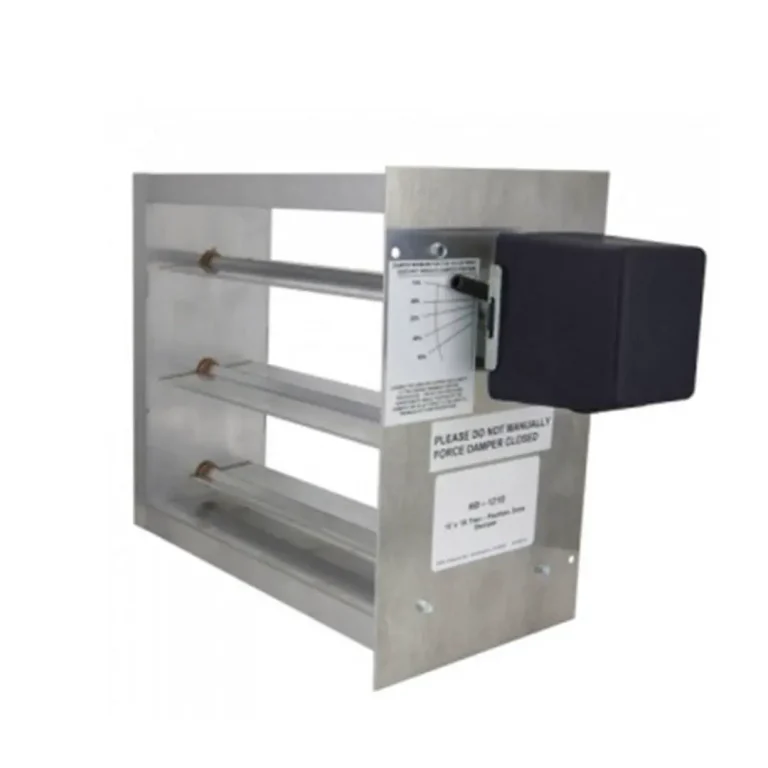
WORLDWIDE SHIPPING via DHL | Free Shipping above 200aed in UAE | Free Samples | Exceptional offerings since 2010 PROJECTS CERTIFICATE & ACHIVEMENTS IMPORT & EXPORT
WORLDWIDE SHIPPING via DHL | Free Shipping above 200aed in UAE | Free Samples | Exceptional offerings since 2010 PROJECTS CERTIFICATE & ACHIVEMENTS IMPORT & EXPORT
Discover the functions, types, and benefits of DUCT GI VCD (Volume Control Dampers). Learn why they are essential in HVAC systems for air regulation and energy efficiency.

A DUCT GI VCD, or Galvanized Iron Volume Control Damper, is a mechanical device installed within HVAC ductwork to regulate or control airflow. These dampers are essential in balancing air distribution throughout a ventilation system, ensuring each area receives the desired amount of conditioned air.
Galvanized Iron (GI) is widely used for making volume control dampers due to the following advantages:
Corrosion Resistance: GI coating prevents rust formation, ensuring longer service life.
Strength & Durability: GI sheets are tough and can withstand high airflow and pressure.
Cost-Effective: Offers great value in performance compared to other metals.
Lightweight: Easy to handle and install in ductwork.
Airflow Regulation: Helps control the volume of air passing through a specific duct.
Zoning: Divides a building into different zones to control temperature individually.
Energy Efficiency: Reduces energy costs by avoiding over-conditioning in low-use areas.
System Balance: Ensures balanced air distribution in multi-outlet duct systems.
Manual VCD: Operated by a handle or lever; suitable for basic balancing applications.
Motorized VCD: Controlled by actuators; used in automated HVAC systems for real-time adjustments.
Single Blade Damper: Used in small ducts.
Multi-Blade Damper: Suitable for large ducts; provides smoother airflow control.

Ensure proper sealing to prevent air leakage.
Position damper blades parallel to airflow.
Use quality fasteners to avoid vibrations.
Test for full open and close functionality after installation.

Commercial buildings
Industrial ventilation systems
Shopping malls
Hospitals
Airports
Data centers
Q1: Is a GI VCD suitable for outdoor ducting?
Yes, but it should be properly sealed and coated for weather resistance.
Q2: Can a GI VCD be used in both exhaust and supply air ducts?
Absolutely. They are versatile and work in both scenarios.
Q3: How long does a GI VCD last?
With proper maintenance, it can last over 10-15 years.
Q4: What sizes are available?
GI VCDs are available in standard and custom sizes to suit all duct dimensions.
Your email address will not be published. Required fields are marked *